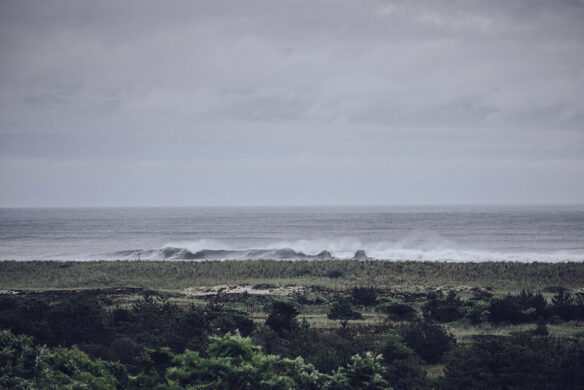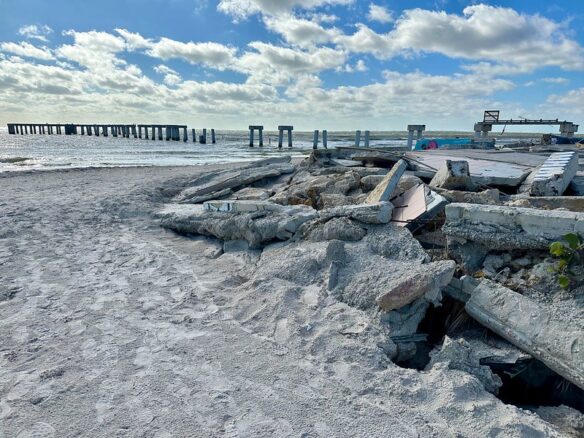Excerpt:
Almost one-third of people on Earth live near the coast where they are at risk from floods. Coastal areas are often protected from flooding by human-built flood-protection structures, like dikes and seawalls. Now that Earth’s climate is changing, sea-level rise and storms are becoming more intense and frequent, which increases the risk of flooding. Therefore, we need to develop bigger flood-defense structures to stay safe from flooding. However, this is very expensive. Is there an alternative? It may sound surprising, but nature can help us out. Around the world, ecosystems like mangrove forests, salt marshes, and coral reefs can help to protect our coasts from flooding. They can contribute to greener, more natural, biodiverse coasts, and make living along Earth’s coastlines safer and more sustainable. Using these natural systems is called nature-based flood defense. In this article, we explain how it works.
Why Do We Need to Protect Ourselves Against Sea-Level Rise?
The coast is a nice place to live. One-third of the people on Earth live along the coast: in small fishing towns, in big cities like New York and Shanghai, or even in entire countries, like the Netherlands. Many of these places lie in areas called river deltas, where a river enters the sea. River deltas are great locations for harbors, agriculture, and fishing, but they are also low-lying areas that can easily flood. Half of the Netherlands, for example, is several meters below sea level and would be flooded today if the country’s flood protection failed! Living at the coast is risky, and it is becoming riskier with climate change and its consequences, including sea-level change and more or stronger storms.
As global temperature continues to rise, glaciers and ice sheets, like those in Antarctica and Greenland, are melting. The melted ice flows into the oceans, raising sea levels. At the same time, the oceans capture some of the heat from the atmosphere and, as the water gets warmer, it expands—so sea levels rise even more. But that is not all—some cities are literally sinking. One of the main reasons cities sink is because we pump water, gas, or oil from underground. The weight of buildings and houses then pushes the emptied soil downward. This effect is called land subsidence. In some cities, land subsidence makes the water level rise more than 10 centimeters per year, making sea-level rise an even bigger threat..









